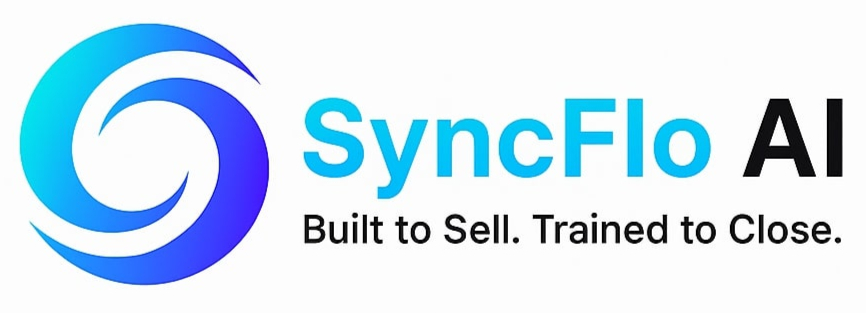AI Security Showdown: Can Google Cloud's AI Shield Defend Against Tomorrow's Cyber Threats?
As AI-powered attacks grow smarter, Google Cloud is leveraging its own cutting-edge AI, Gemini, to build an unbreakable digital fortress.

The AI Arms Race: Defenders vs. Attackers
In the ever-evolving world of cybersecurity, a high-stakes AI arms race is underway. For decades, security teams have been fighting a losing battle, often discovering breaches long after the fact. Today, this challenge is amplified as threat actors weaponize AI to create sophisticated phishing attacks, automate malware generation, and scan networks for vulnerabilities with unprecedented speed. This is the Defender's Dilemma: the same powerful AI tools used for defense are also being used to launch more cunning attacks.
To combat this, Google Cloud is turning to its own advanced AI capabilities, including its powerful Gemini models, to change the rules of engagement. The goal is to move beyond a reactive stance and build a proactive, intelligent defense system that can outmaneuver the threats of tomorrow.
Google Cloud's AI-Powered Shield: A Multi-Layered Defense
Google Cloud's strategy is not a single tool, but a multi-layered framework. At the core is the Secure AI Framework (SAIF), a comprehensive approach to integrating security and privacy into the entire AI lifecycle. This framework ensures that AI models are secure by default, addressing critical concerns like model risk management and data privacy from the ground up.
AI-powered tools are being infused across Google Cloud's security portfolio:

- Gemini in Security Operations: This feature allows security analysts to use natural language to query security data, create detection rules, and automate workflows in seconds, drastically reducing manual labor.
- Gemini in Google Threat Intelligence: Powered by insights from Mandiant, this tool provides instant summaries of threat actor behavior, helping teams stay ahead of emerging threats.
- Project Zero's "Big Sleep": Google's famous security team is using large language models to autonomously find vulnerabilities in open-source code, a task that was once exclusively for human experts.
The Challenge Ahead: Balancing Automation and Trust
While the promise of autonomous security is immense, it comes with a new set of challenges. Johnston acknowledges this "automation paradox," noting that while AI can detect and respond to threats faster, it also introduces a new attack surface that could be manipulated. Google's answer is its Model Armor technology, which acts as an intelligent filter layer to screen AI outputs for inappropriate or malicious content, ensuring that the AI's power is used responsibly.

Ultimately, Google Cloud's vision is a future where AI and humans work together in a symbiotic relationship. AI handles the grunt work of sifting through massive data logs and detecting anomalies, while human analysts focus on the strategic, high-level decisions. This collaboration is designed to create a more resilient, effective, and scalable defense system, giving organizations a fighting chance in the increasingly complex AI security wars.
Stay ahead with the SyncFlo AI Newsletter
Get our latest insights on AI, sales, and automation delivered directly to your inbox every week.
